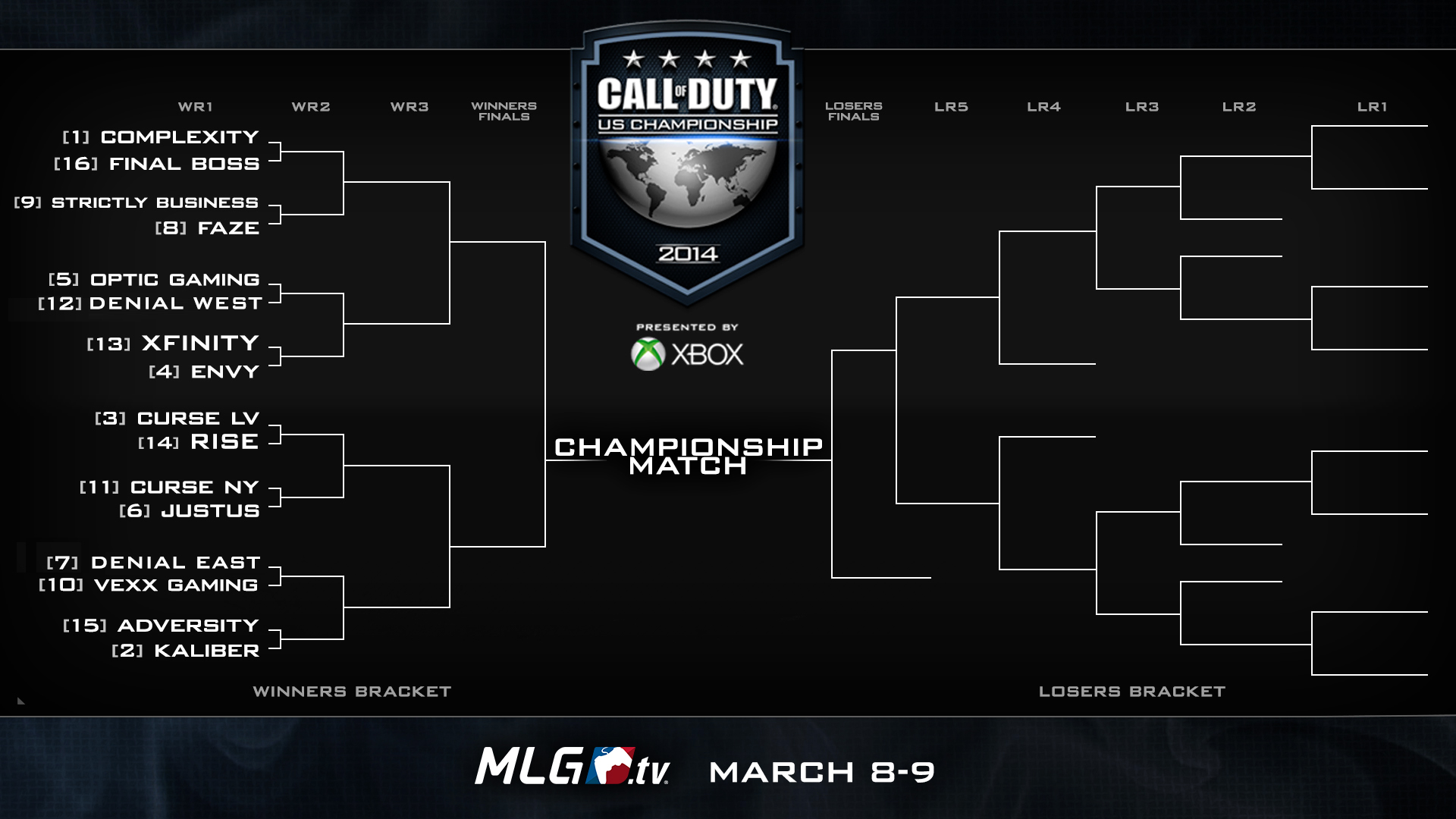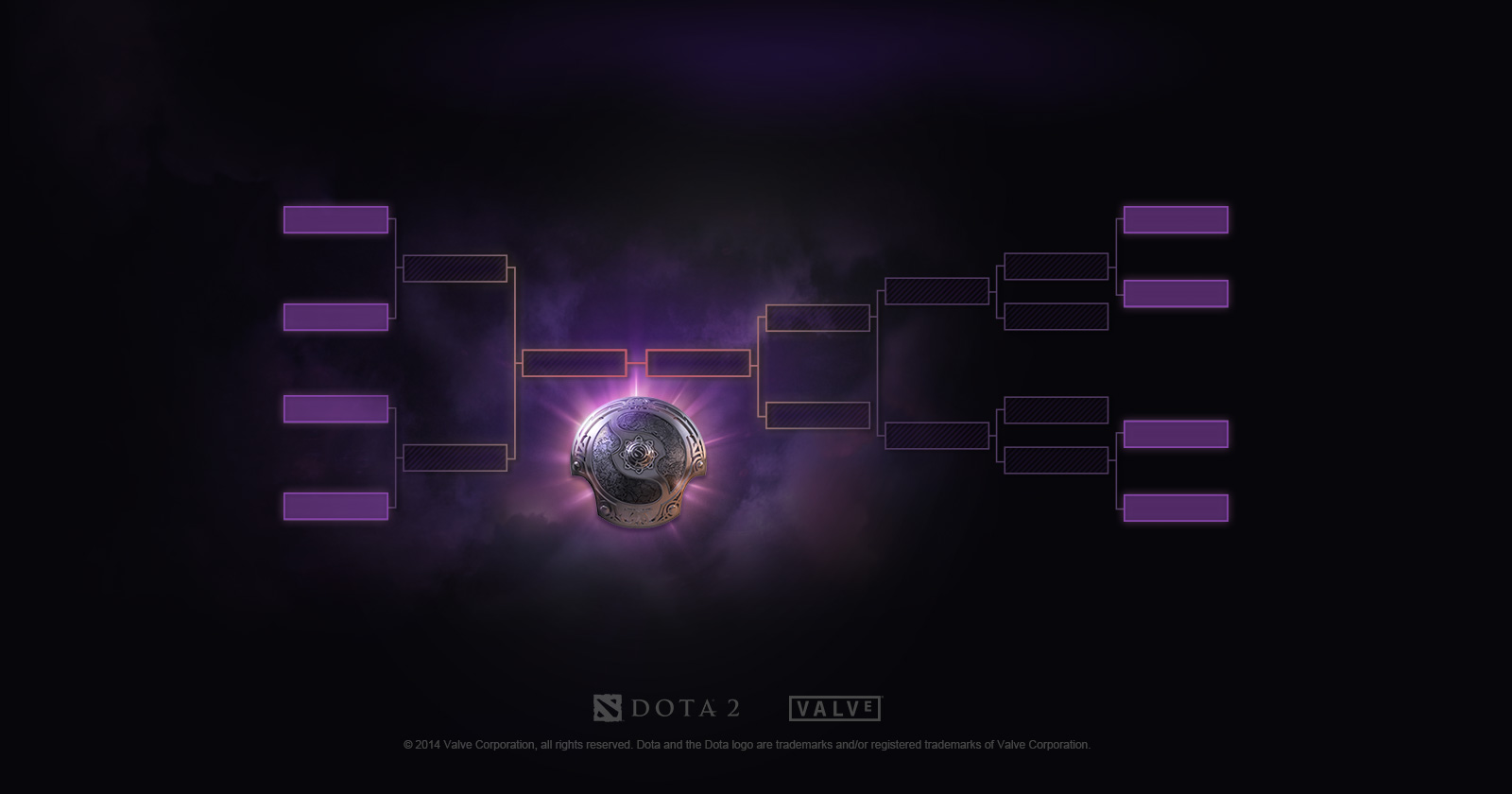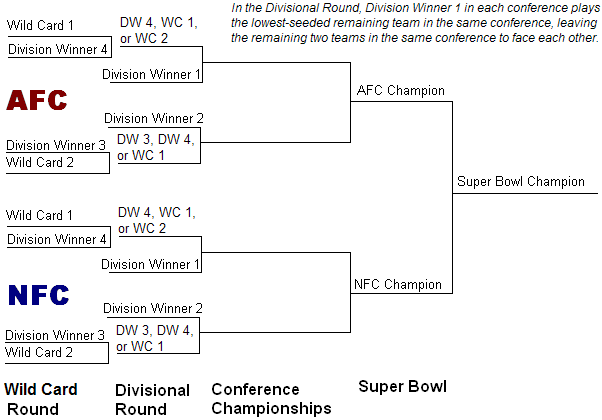At Toornament.com, our team is hard working to offer our organizers community the best, most complete tool to design and manage tournaments.
Lately, we’ve been discussing about the tournament formats we could, or should support. Toornament.com already handle a wide array of simple or complex formats, but some are still even more specific, to be handled the easy way.
Outside of “groups-to-bracket” land, and other leagues, exist some tournaments with a twist, whether they use a unique structure, or mix in several of them. Here are the most notable cases :
The upcoming MLG Colombus Open – 25K Series works as following :
- The Tournament will support as many as 144 Teams with 16 Teams starting in Pool Play and 128 Teams starting in the Open Bracket.
- The tournament starts with the Open Bracket, pitting against each other 128 teams in a classic Best Of 3 Double Bracket fashion.
- The 4 remaining teams in the winner bracket enter the groupstage of the Championship, joining the seeded teams. The 4 teams in the loser bracket are place in the Championship double bracket, straight in the Loser bracket round 1.
- The groupstage results will place teams according to their final place : 1st and 2st go to the Winner’s Bracket quarter finals, while the 3rd, 4th and 5th will end in the Round 3, Round 2 and Round 1 of the Lover Bracket.
- From there on, the tournament follows a Best Of 5, Double Bracket Format.

Another (in)famous example would be The International 4, Valve’s very own Dota 2 tournament :
- Four regional qualifications were held. The winners go to the Playoff Phase 2. The seconds go to the Playoff Phase 1.
- The Playoffs start with 19 teams : 11 invited, the 4 regional qualifiers winners and the 4 regional qualifiers seconds.
- The Playoff Phase 1 pits the regional qualifier seconds against each other in a Single Bracket. The winner gets to go to Phase 2.
- The Playoff Phase 2 works like a championship, where all 16 teams play all each other. The leading teams get access to the Main Event Upper Bracket. 3rd to 10th goes into another Playoff. 11th to 16th are eliminated.
- Teams ranked from 3rd to 10th play in two brackets, where the lower seeded starts to play. The winner advances to the next match, against a higher seed and so on. The winner of each bracket gets to the Main Event Upper Bracket, 2nd and 3rd access to the Lower Bracket, when the last team is eliminated.
- (Fast ?) Forward to the Main Event, where the final 8 team fight there way from the Upper and Lower Bracket, in a double elimination fashion. Matches are Best of 3, Grand Final is Best of 5.

Complex, exotic format seen here can also be found in other major tourneys, like Dreamleague.
“Traditional” discipline also use sometimes out of the box formats, from NBA (conferences) to NFL (teams do not play the same amount of matches) to the Volley ball World Championship, which no less than 3 groupstage phases, to single bracket semi-finals.
Goals differs, from geographic or time constraints to the will to generate more matches, give more chances for an underdog to face a champion…
In our interview with Konstantin Schmidt, the Rush Esport Center founder saw in Esports an opportunity to experiment with new formats. Potential trade off would be to sacrifice efficiency to innovation.
Do you think Esport tournaments should comply to efficient and proven formulas, or take new approaches ? In the meantime, we’ll keep on offering more and more format, and can create custom ones, if you need them !
